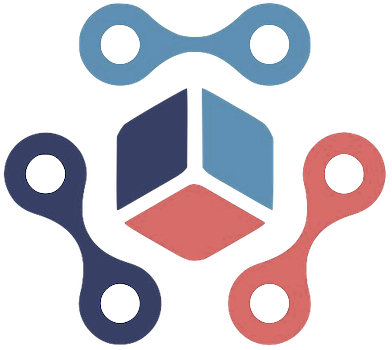As artificial intelligence becomes intertwined with the fabric of business operations, the need for orchestration frameworks emerges as a vital component for enterprises aiming to scale their AI services. These frameworks are no longer just a means to facilitate how different applications and agents interact; they represent an essential structure through which businesses can manage workflows, assure compliance, and maintain a pulse on the health of their AI systems. The present landscape necessitates that organizations prioritize not just the integration of AI, but its governance and accountability.
Kevin Kiley, president of Airia, highlights a crucial tenet of effective AI orchestration: auditability and traceability. These elements form the backbone of a responsible AI deployment strategy. Understanding the origins of information flowing through AI applications is paramount—where decisions stemmed from, whether driven by actual data or an errant algorithm, can significantly impact not just operational practices but also regulatory standing.
Building In Robustness from the Ground Up
Many organizations initially approached AI as an experimental endeavor, often neglecting to embed necessary controls from the outset. This oversight creates operational vulnerabilities that leave businesses exposed to unforeseen challenges as they transition from pilot projects to full-scale implementations. At this juncture, the prospect of a systemic failure becomes all too real. The complexities of managing multiple applications and agents without a clear, observable framework can lead to cascading failures. Enterprises need to cultivate an infrastructure that embodies transparency, robustness, and comprehensive monitoring capabilities before deploying AI applications.
Yrieix Garnier from DataDog points out that understanding one’s data landscape effectively serves as the cornerstone of responsible AI governance. Organizations must catalog which datasets are accessible to AI systems, along with any modifications made during model fine-tuning. Without this foundational knowledge, businesses run the risk of blind spots that could thwart their efforts to ensure AI performance aligns with set standards.
The Role of Dataset Versioning in AI Management
Once enterprises have a handle on their data, the next critical step is establishing dataset versioning—a procedure that allows businesses to timestamp changes and track the evolution of their models. This practice is analogous to scientific experimentation, where reproducibility is essential. By understanding the lineage of data and model iterations, organizations can better grasp how changes impact application performance across different environments.
Moreover, the connection of various AI models, applications, and the authorized user base into an orchestration system fosters a more efficient monitoring environment. The adaptive nature of AI underlines the need for agility not only in development but also in regulatory compliance and performance assessment. Additionally, embedding this structure into observability platforms means that organizations are empowered with the insight needed to navigate potential pitfalls proactively rather than reactively.
The Choice Between Open Source and Proprietary Solutions
A pivotal decision enterprises must tackle in their AI orchestration strategy revolves around the choice of technology—should they opt for open-source platforms or stick with closed-source systems? The advantages of open-source frameworks like MLFlow, LangChain, and Grafana lie in the transparency they offer. The visibility into decision-making systems becomes particularly valuable in environments where adherence to compliance and responsible AI frameworks is non-negotiable.
Conversely, proprietary systems may deliver efficiency and specialized features, but often at the expense of insight into their operational mechanics. Choosing the right orchestration tool doesn’t just define the efficiency of the AI pipeline; it can also impact the organization’s ethical stance and regulatory compliance. A flexible and traceable system seems imperative given the unpredictable nature of AI decision-making, as Kiley pointed out regarding the deficiencies associated with “black box” systems.
Integrating Compliance and Responsible AI Policies
The integration of AI systems with compliance tools cannot be overstated. As businesses increasingly deploy complex AI solutions, the regulatory landscape tightens, making it vital for enterprises to align their orchestration layers with compliance standards. Operating in an AI-driven realm where tools from giants like AWS and Microsoft can assist in tracking adherence to established guidelines underscores the growing intersection of technology and ethics.
Empowering AI involves not just deployment and innovation but also ensuring that systems are robust, auditable, and transparent. This proactive approach allows enterprises not just to thrive administratively but also to lead ethically in a rapidly evolving technological landscape. As organizations move forward, the emphasis on orchestration frameworks that prioritize observability and governance will become the bedrock on which successful AI initiatives will be built.

